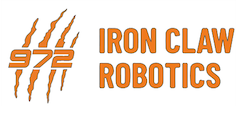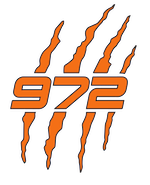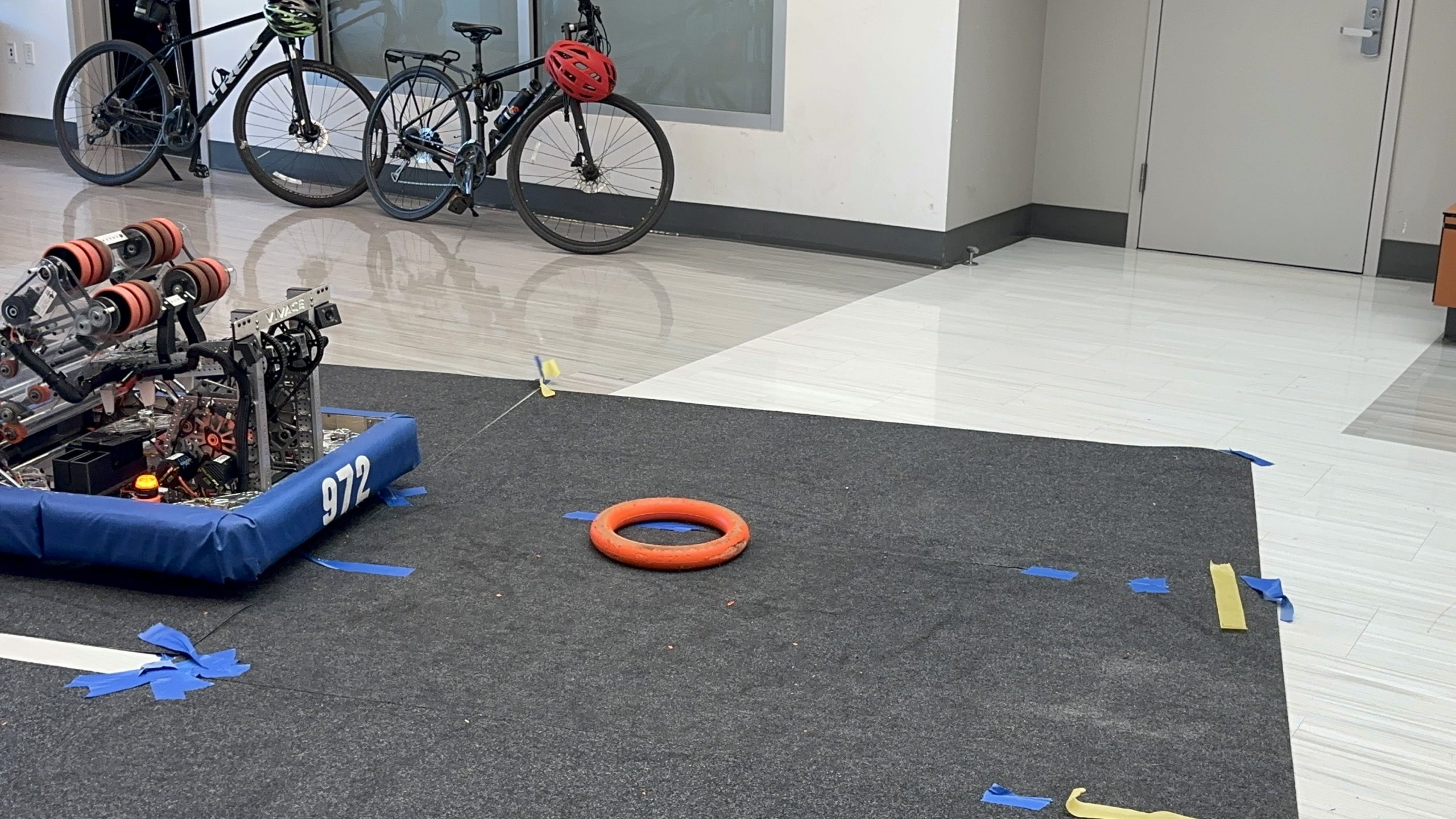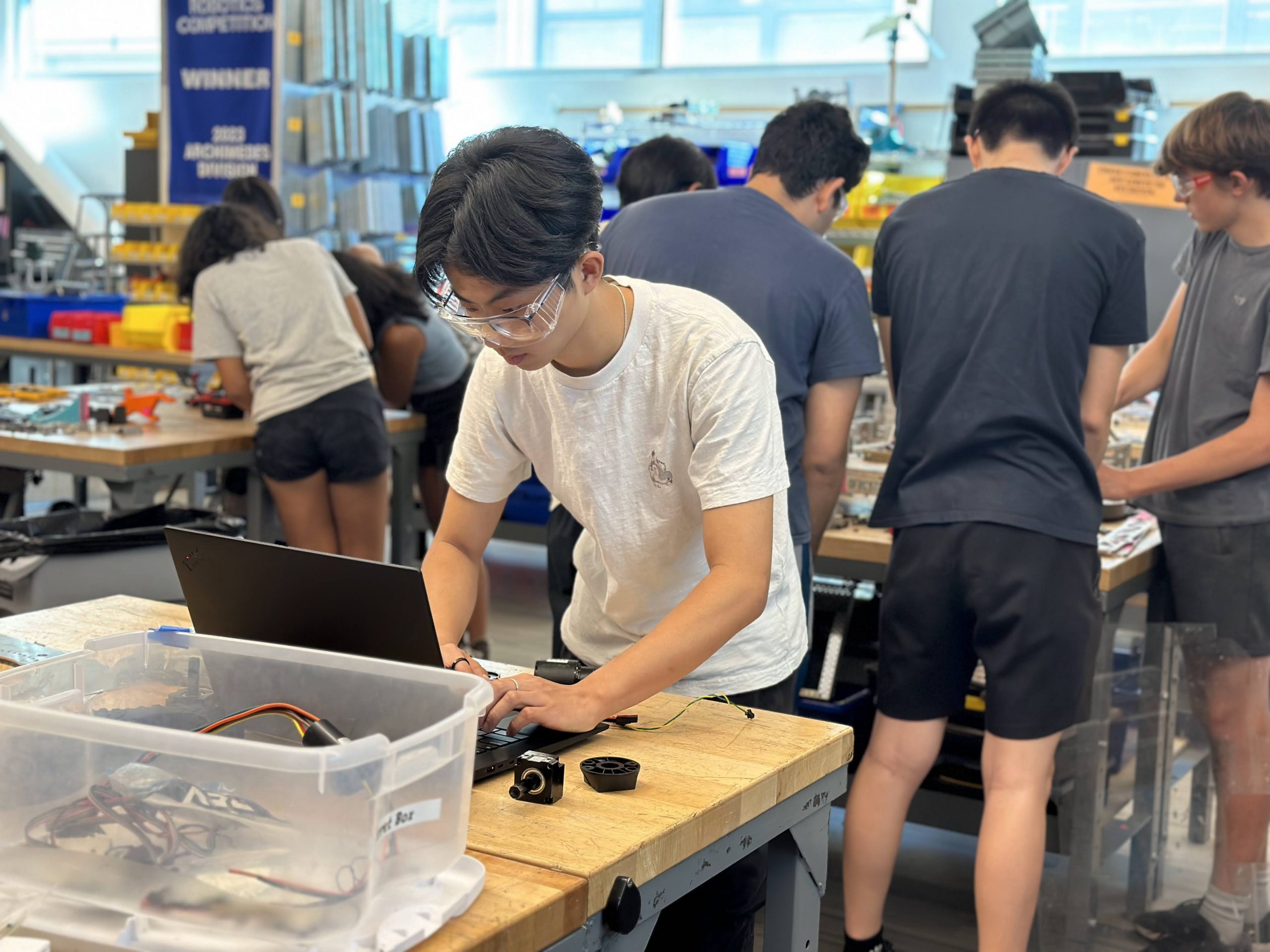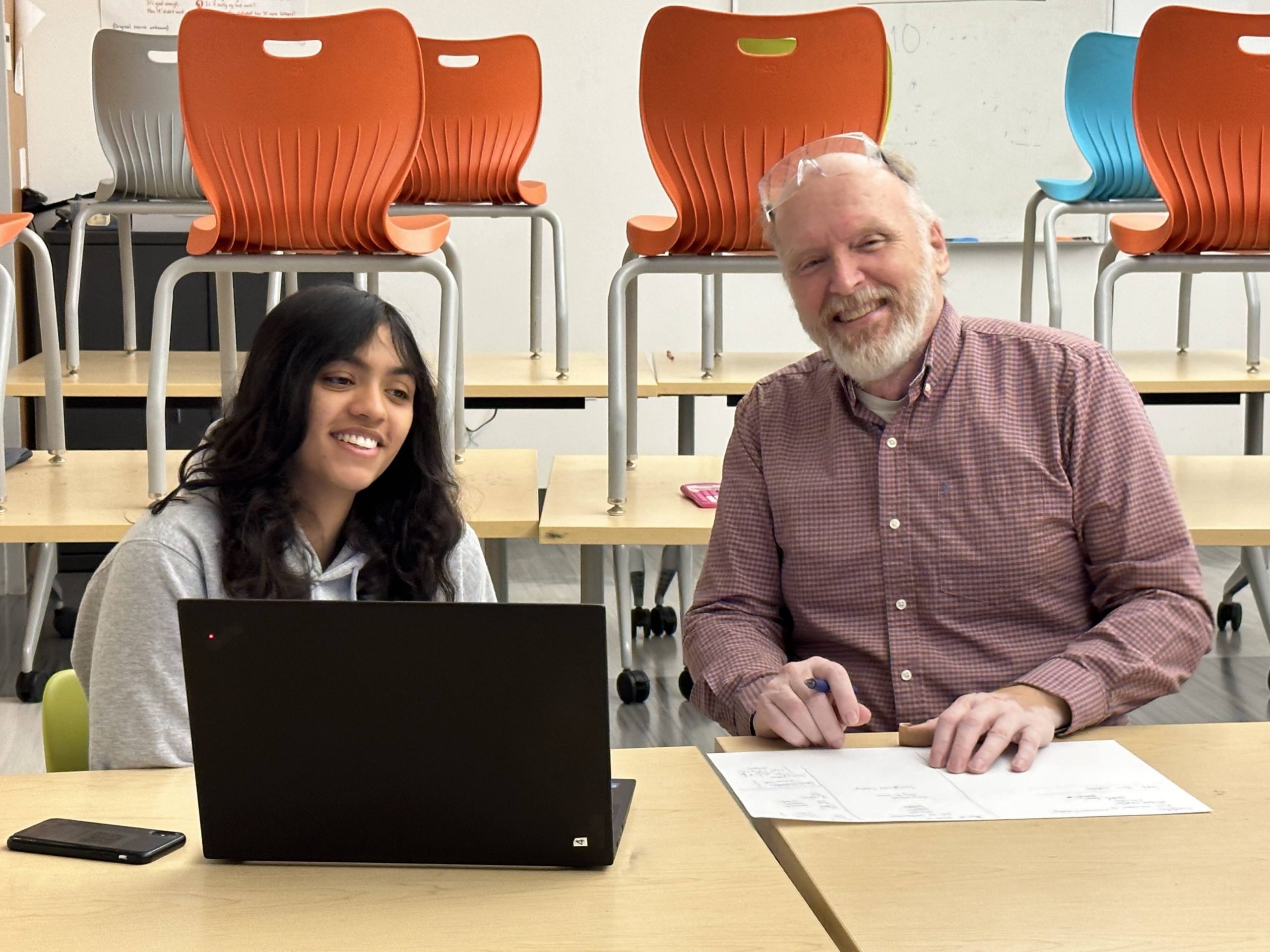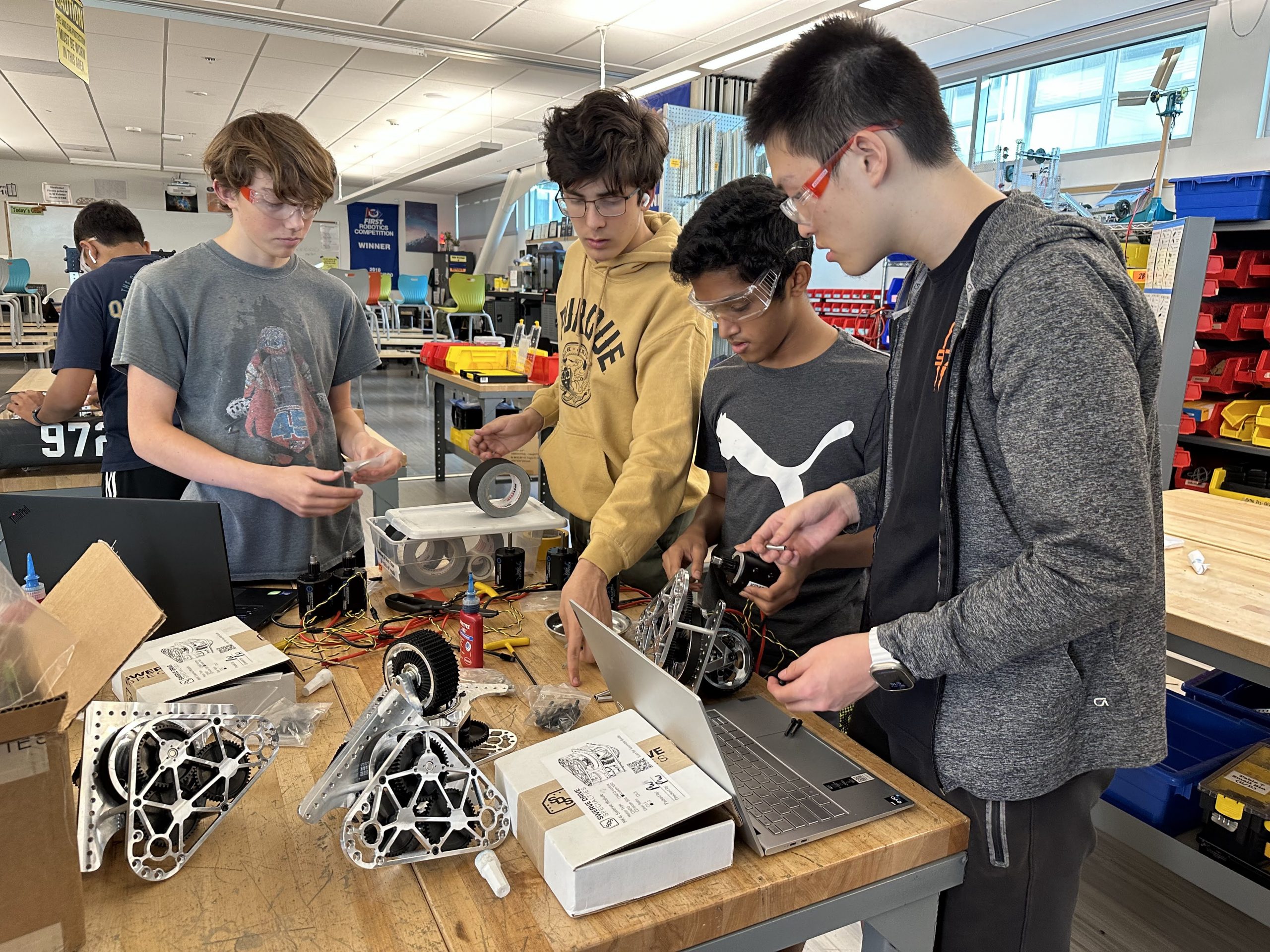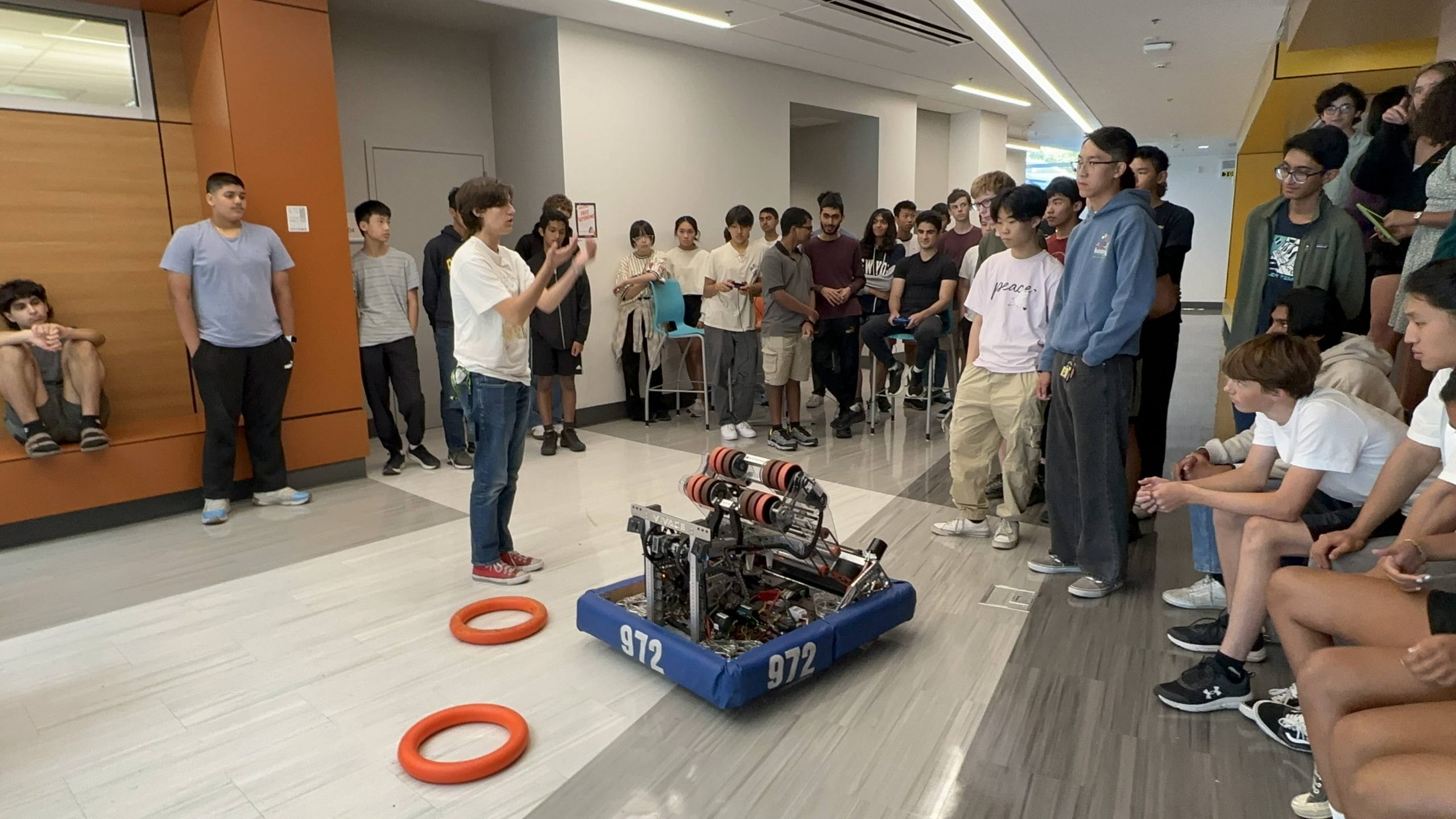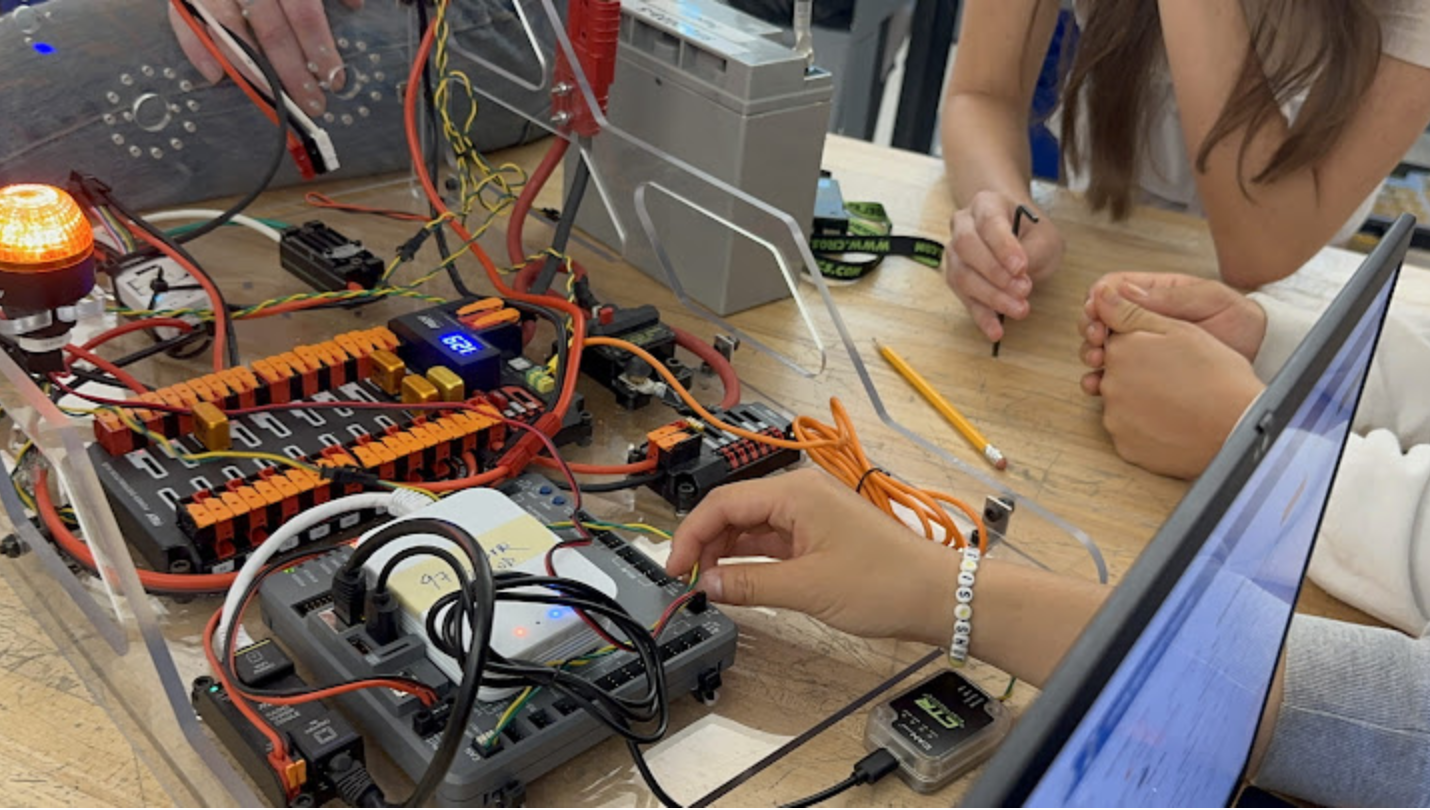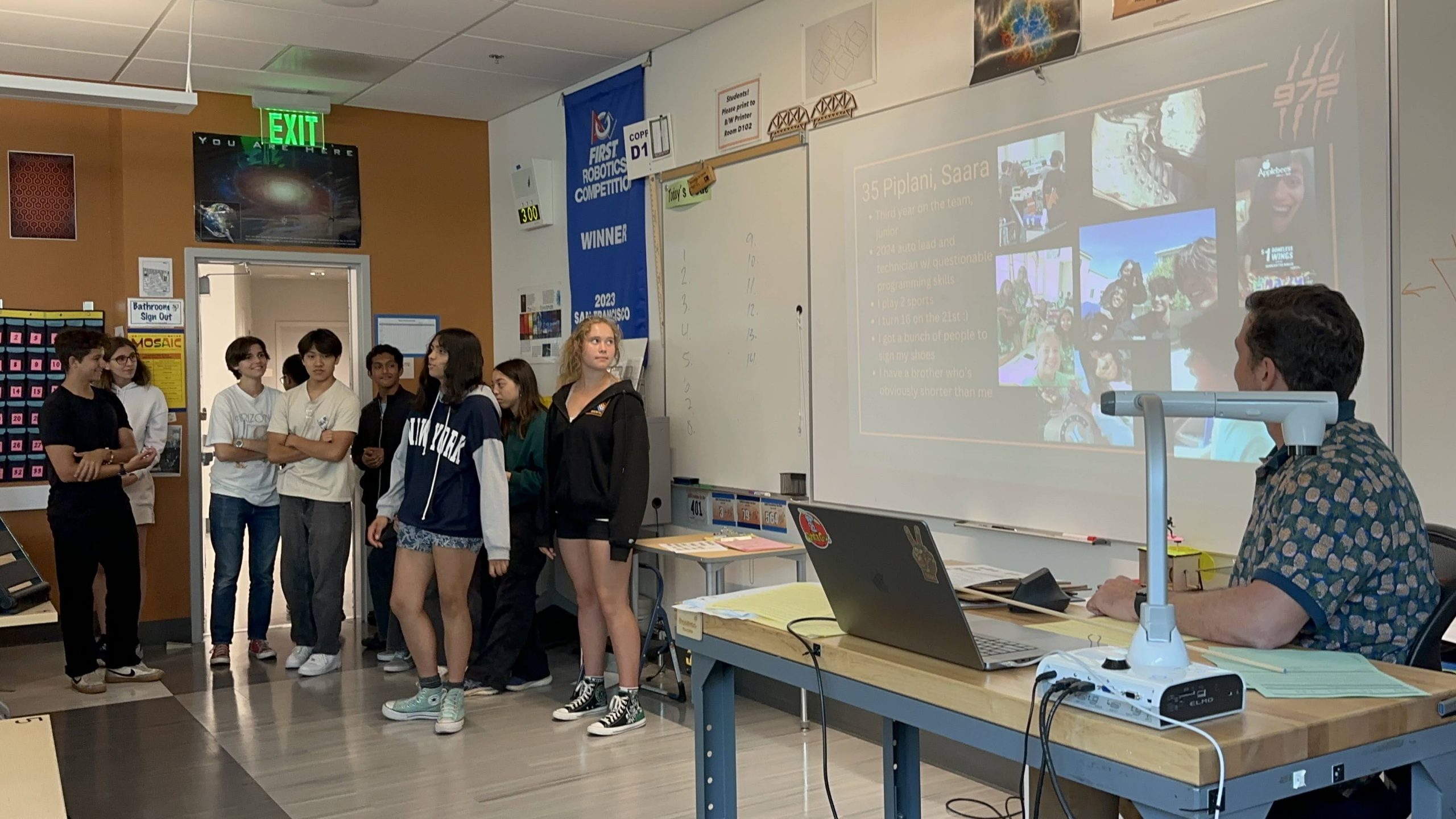2024 Driver Selection Blog
During the 2024 fall season for Iron Claw Robotics, team 972, we began driver training much earlier than in previous years. We started the process in mid/late September to give new and returning students a chance to try out our last year's competition robot, Vivace. Although initial attempts to provide time for students to get accustomed to the robot did not succeed due to technical issues with tape strength, wheels, and an inconsistent area to drive, improvements in field setup meant that with each practice, we were able to get more and more time to drive. In mid-October, we decided that we were ready to have driver tryouts and set a date for the 27th of October. For driver tryouts, we brought out each student who wanted to become the driver one at a time to complete certain tasks in front of a group of evaluators consisting of the team captains. These tasks included weaving through cones, driving in circles while keeping the robot pointed at a target, driving in a straight line, and driving in figure eight. Throughout these tests, the students were timed and penalized if they hit either one of the cones being used to make the course or the foam balls at the edge of the field. Once the tryouts were done the captains reviewed [...]
